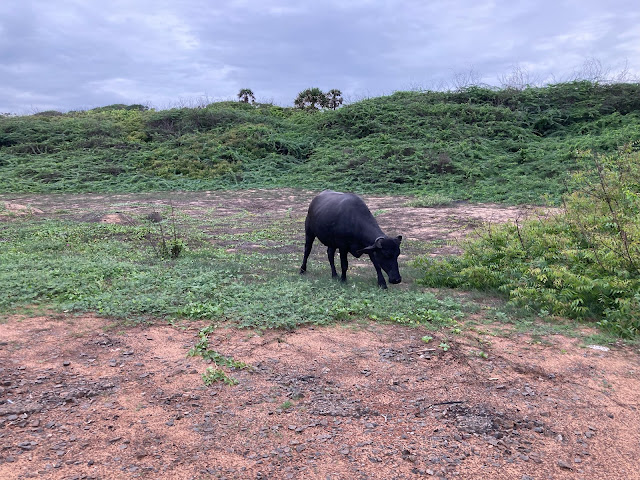Posts
Showing posts with the label reptile

Posted by
Flowergirl
Day 10 - Genus Riopa and the colours of the rainbow!
- Get link
- X
- Other Apps

Posted by
Flowergirl
The reptiles at Kalyani dam and other reptilian moments
- Get link
- X
- Other Apps

Posted by
Flowergirl
Watch out for those geckos!
- Get link
- X
- Other Apps

Posted by
Flowergirl
Saltwater crocodiles - My Sundarban encounters with these deadly aquatic predators
- Get link
- X
- Other Apps

Posted by
Flowergirl
How many push ups can you do?
- Get link
- X
- Other Apps

Posted by
Flowergirl
Chameleons and calotes
- Get link
- X
- Other Apps

Posted by
Flowergirl
Why should we protect snakes?
- Get link
- X
- Other Apps

Posted by
flowergirl
A Calote on the tree
- Get link
- X
- Other Apps
Posted by
flowergirl
The "ambitious" keelback and the climbing perch
- Get link
- X
- Other Apps

Posted by
flowergirl
An encounter at Vedanthangal
- Get link
- X
- Other Apps

